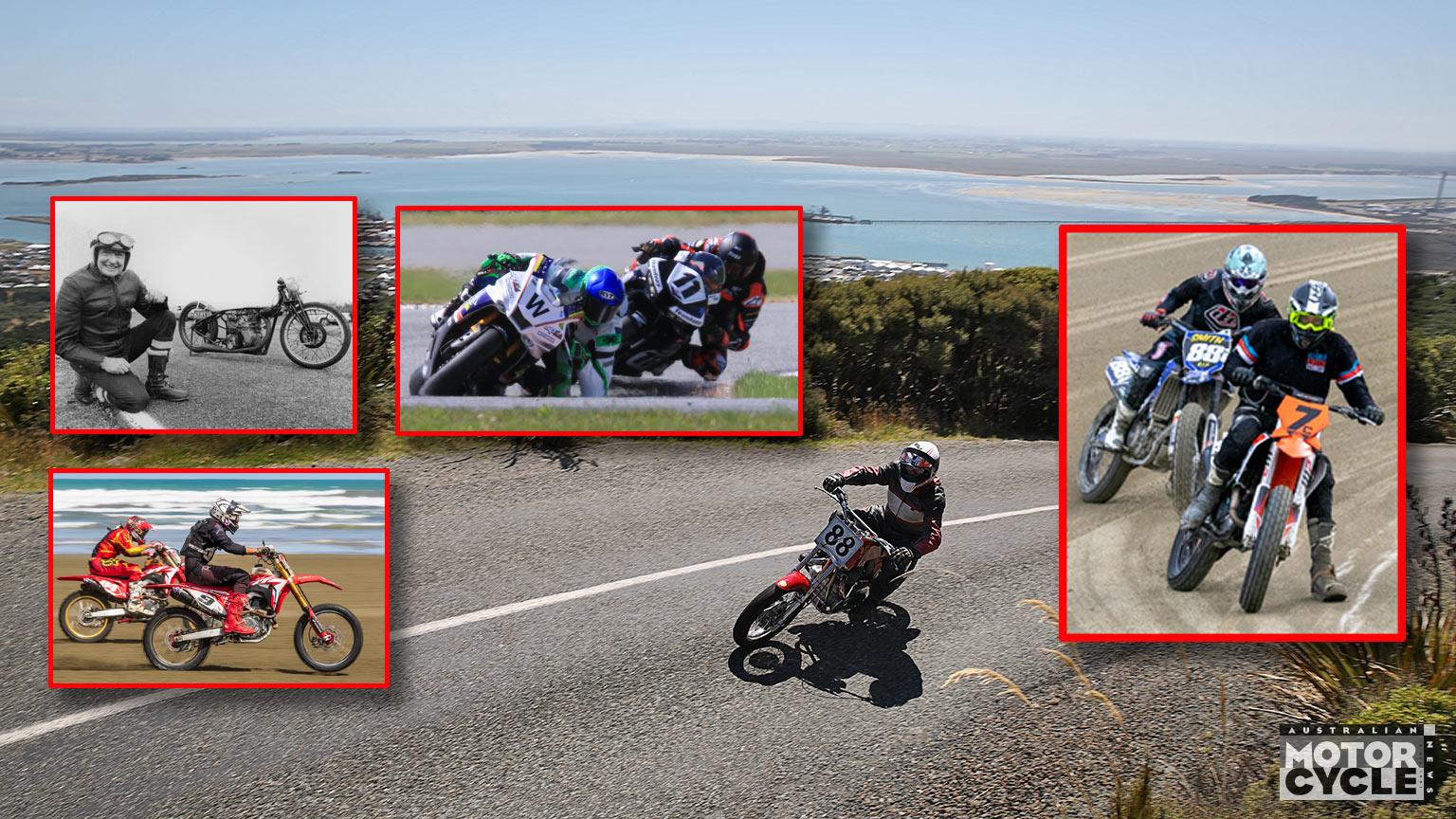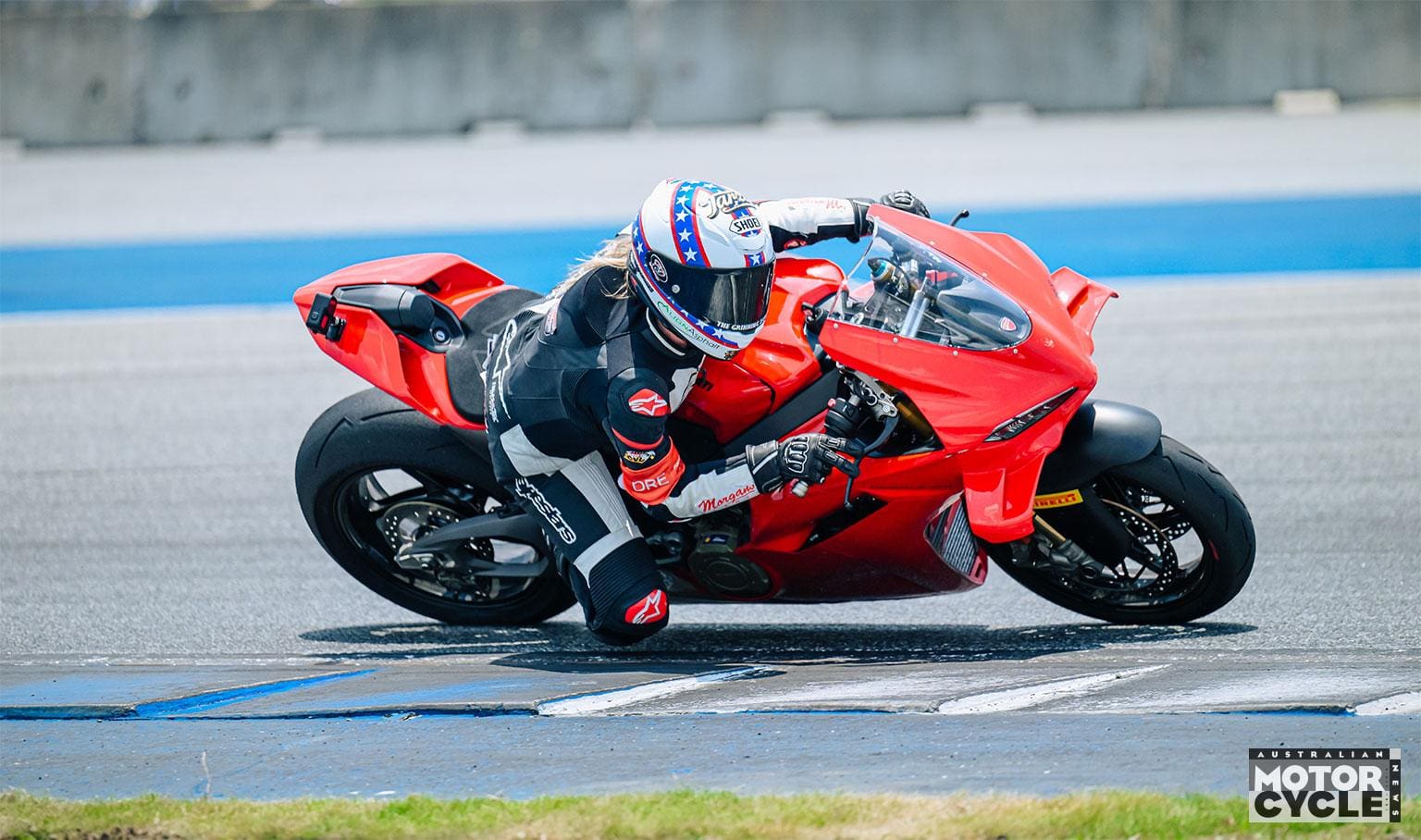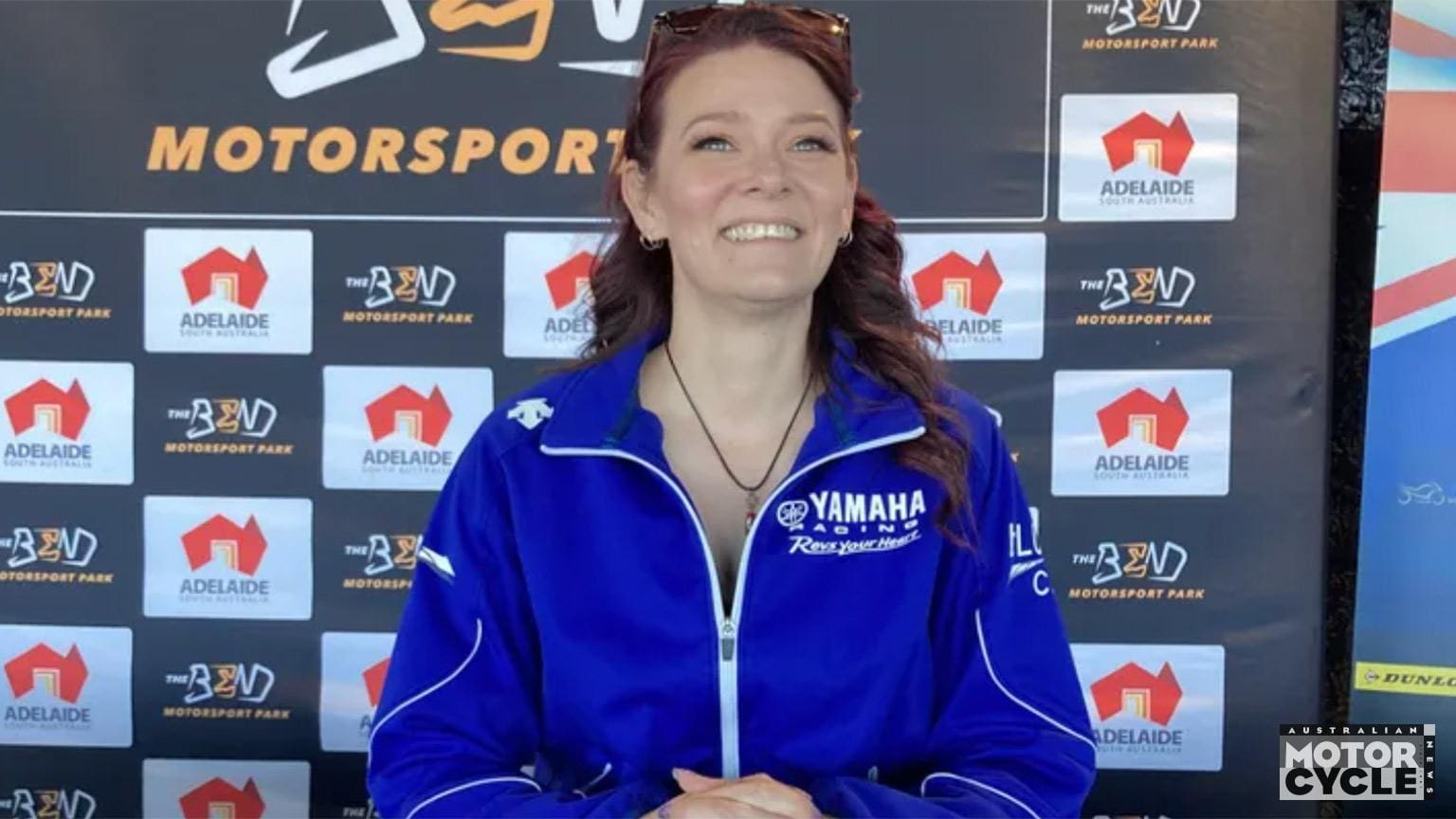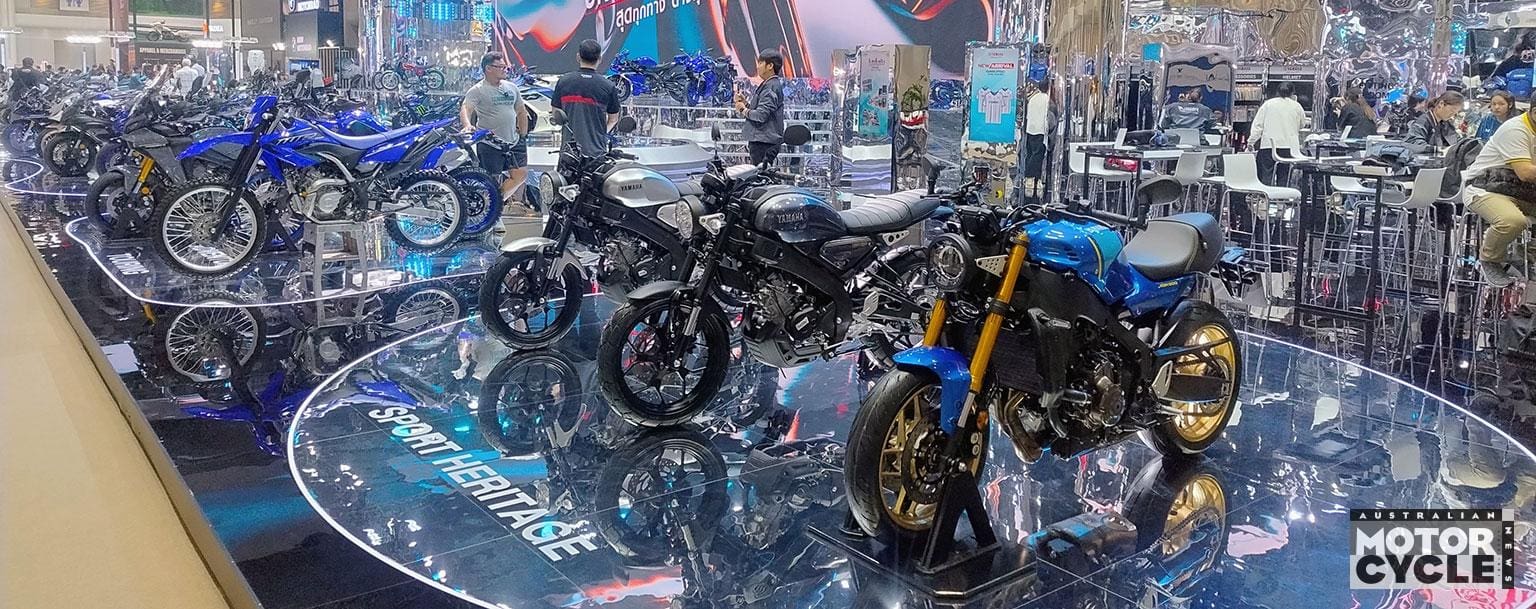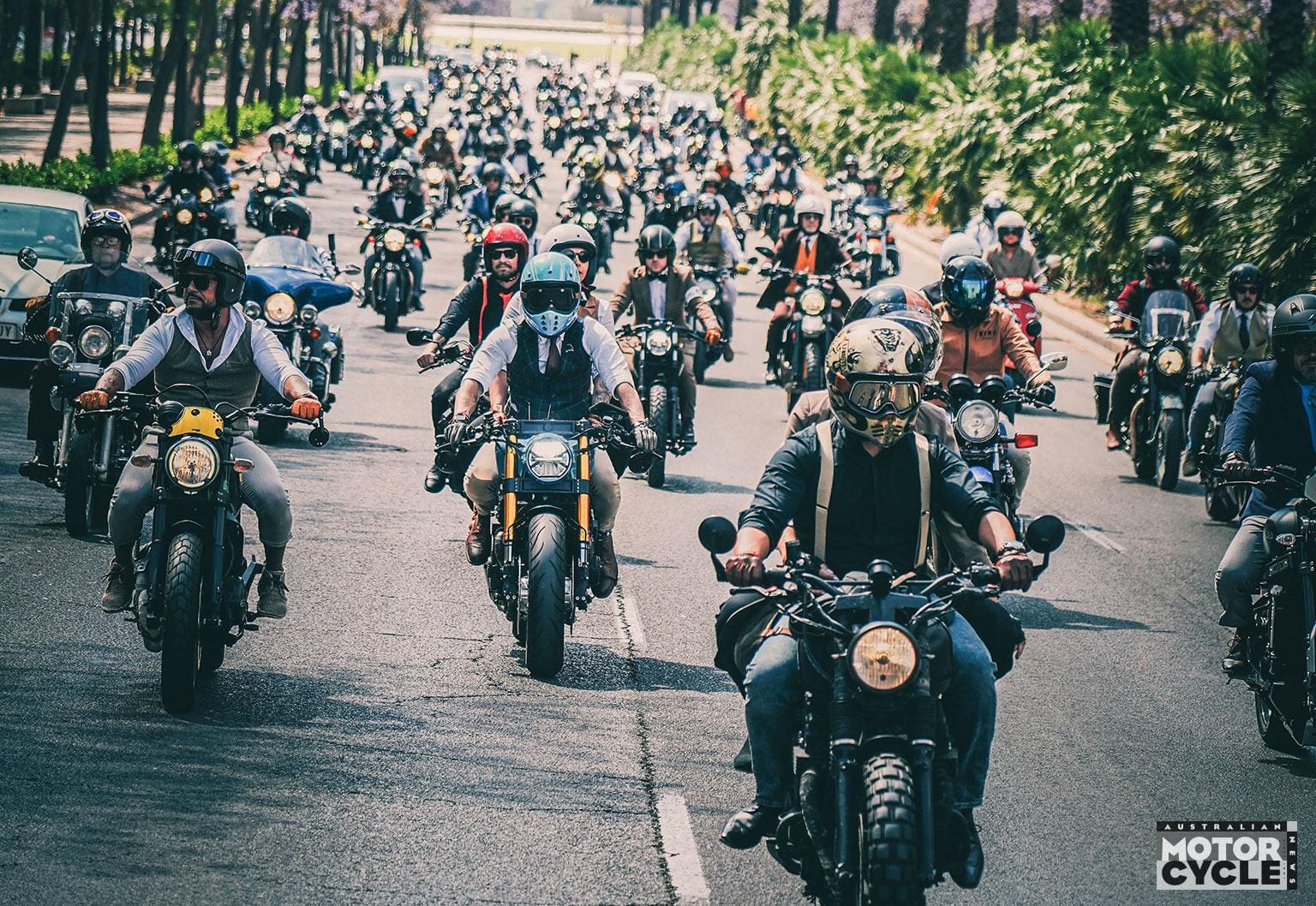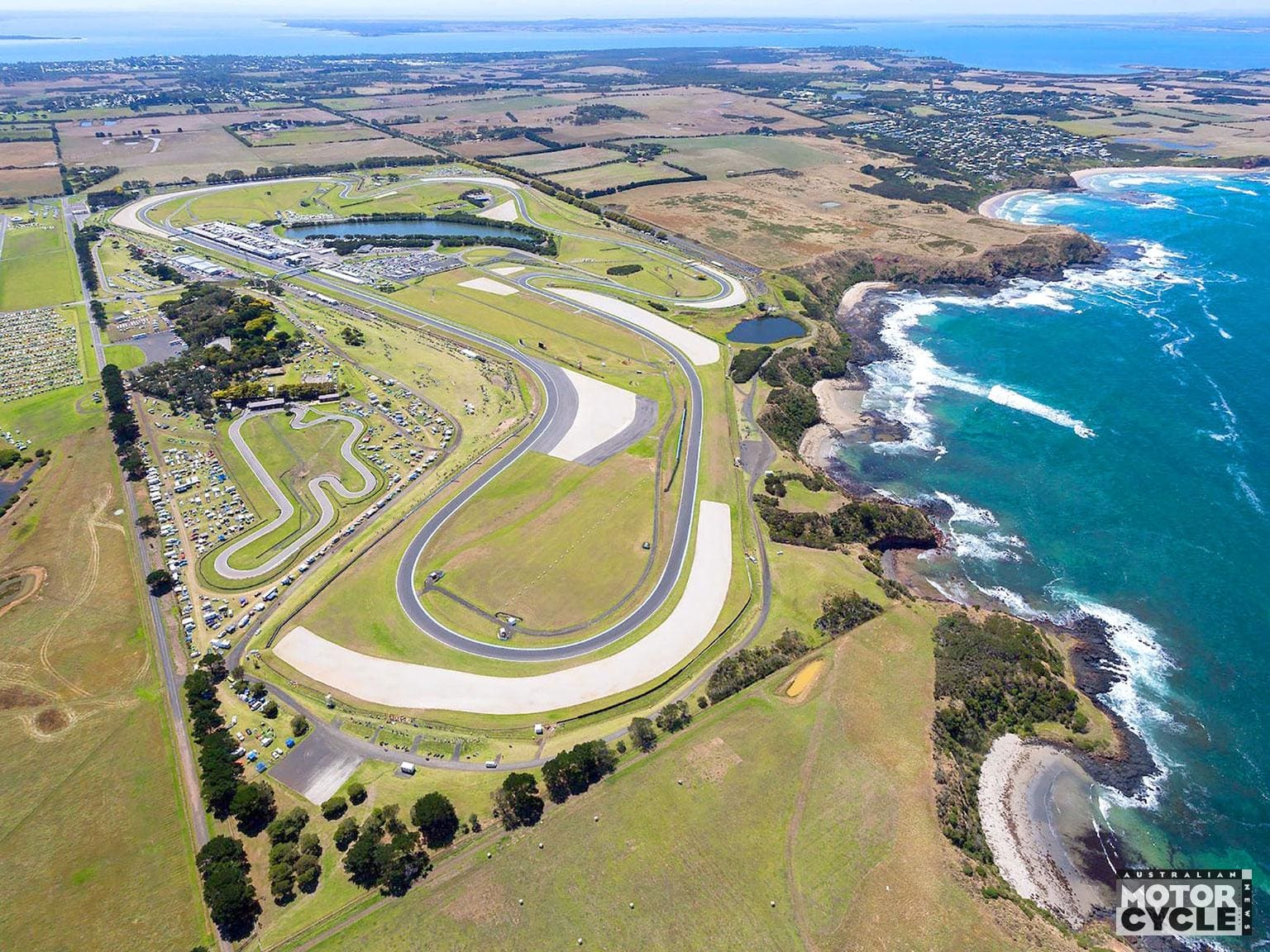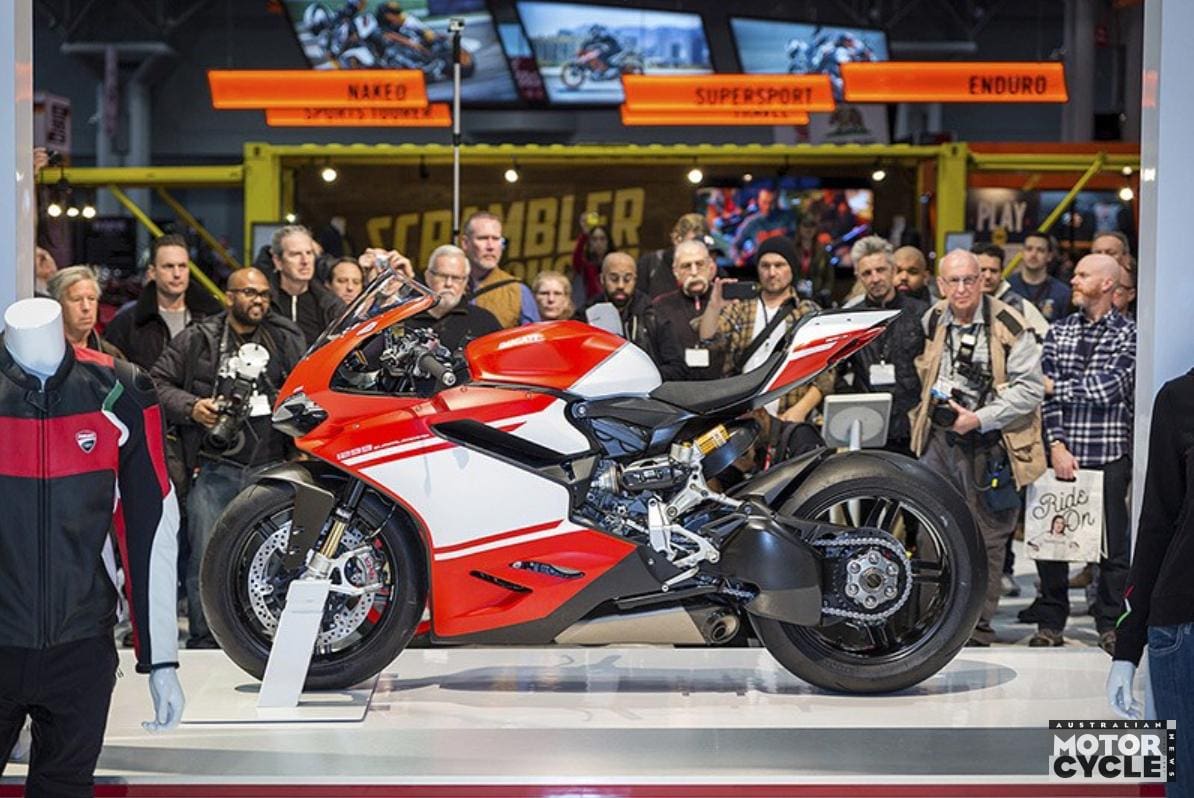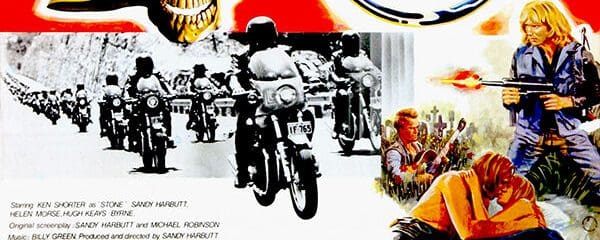As Giacomo Agostini walked towards his old grand prix motorcycle, the years seemed to peel off him.
A few minutes earlier he had appeared to be what he really is: a successful retiree from the hedonistic sixties and seventies. He’s still got most of his wealth and is impossibly tanned, albeit slightly overweight from enjoying the fruits of that long ago ‘moment in the sun’.
Then his GP bike was fired up.
These days 500cc of four-stroke engine may not sound like much, but when it’s the bike that took a rider to seven consecutive GP world titles it sounds out of this world.
The pinnacle of four-stroke race engineering of its time, it created a legend for MV Agusta and Giacomo Agostini. Seven consecutive world titles in the premier class racing on some of the most famous, beautiful and deadly grand prix circuits, including the Isle of Man.
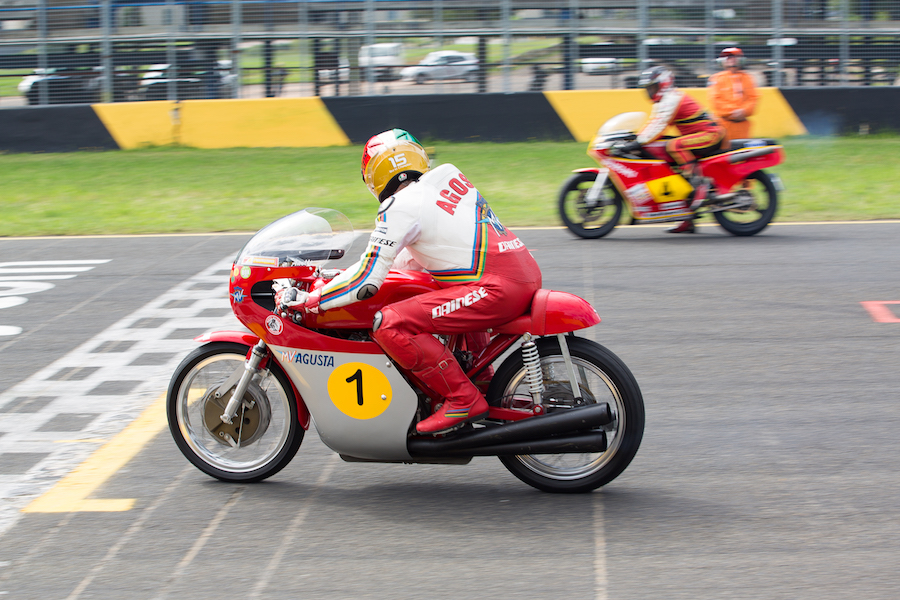
Ago’s ageing amble became the loose swagger of a man generations younger. He casually swung his leg over the angry red MV. When he twisted the throttle, onlookers cowered as three open megaphones spat out an ear-piercing scream.
As the years peeled off him, so did the layers of his personality. The reserved man sitting in the pits, who had smiled with a mixture of curiosity and benevolence as an Aussie fan played the Aboriginal didgeridoo to him, suddenly was the young maestro of the sixties again.
He eased the MV out to the track, wound it out to the throttle stop, then slowed and looked up to see if the crowd was applauding.
Ago is 74 and has been retired for 39 years. Many comparisons are made between him and Valentino Rossi. Ago retired aged 35 with 122 GP wins and 15 world titles. Rossi, aged 38, has 114 wins and nine titles. Rossi is riding again this year, extending further his ‘moment in the sun’.
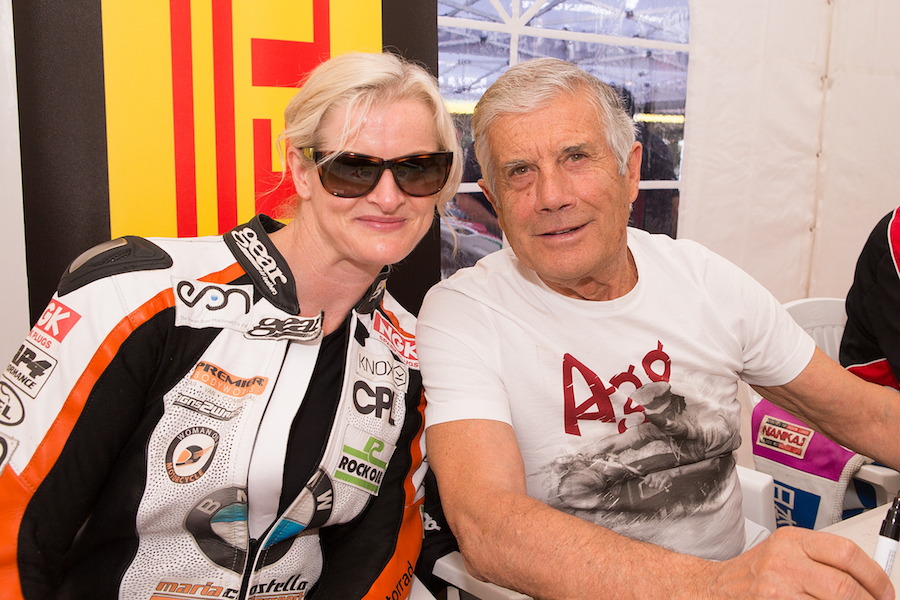
Both love GP racing and, almost as important for fans, the theatre of entertaining. But when he is 74, will Rossi still be riding like Ago is now?
The moment summed up a special weekend at Sydney Motorsport Park. It also underlined how this annual event has been transformed from just classic racing into a classic spectacle that salutes great eras of endeavour.
Last year it was two-strokes, this year it was a weekend of Italian four-stroke exotica from the 1960s and 70s, mixed in with a couple of spicy Cagiva two-strokes from the following decades. Ago was joined by a squadron of racing legends and their old bikes: Pierfrancesco Chili, ex-Barry Sheene GP teammate Steve Parrish and Jeremy McWilliams were backed up by local heroes Graeme Crosby, Kevin Magee and Troy Bayliss.
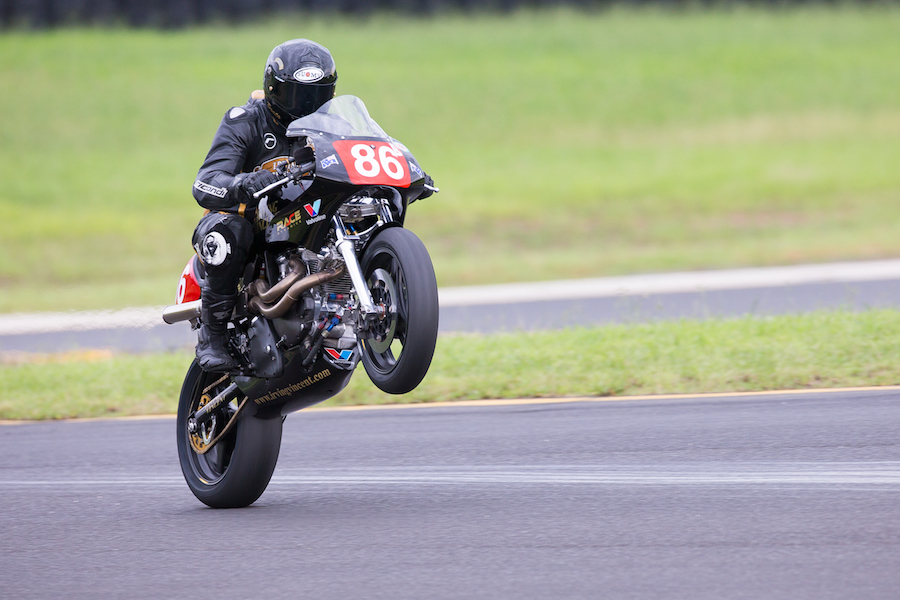
Organisers pulled off a coup by bringing over Piero Laverda and his family company’s amazing V6 endurance racer. This weirdo design blew its rivals into the weeds at practice for the Le Mans 24 Hours in 1978. Top speed was 280km/h, nearly 30km/h ahead of the pack. Although it failed in the actual race, the V6 design was directly responsible for authorities banning more than four-cylinders in endurance racing.
Laverda was only too happy to demonstrate the V6 at speed with several magnificently raucous runs each day.
But the backbone of this meeting still remains the classic racing, with 54 events covering classes from 1920 to 1990. Most grids were 40-plus strong.
Main event organiser Peter MacMillan explained how racer involvement has stayed steadfast, despite the focus moving to the historic parades.

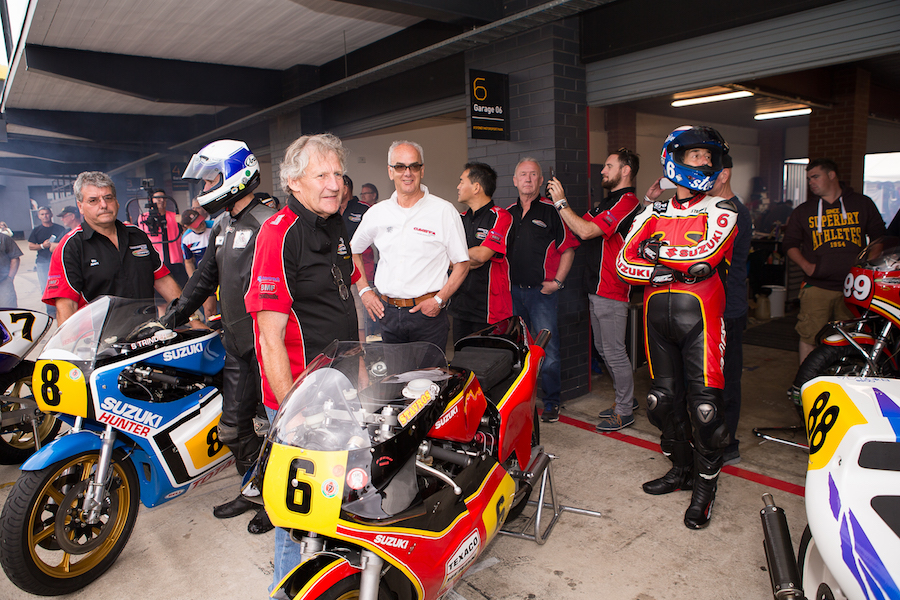
“As far as the number of entries and races go we are maxed out, which is why we have turned it into a four-day meeting,” he said.
MacMillan put his hand up in 2011 to co-ordinate the event for the Post Classic Racing Association of NSW. He worked with Kiwi Peter Lodge to get the Trans-Tasman Challenge up and running. Since then big-name sponsors such as QBE Insurance have joined the party to provide a secure platform for future growth.
What’s on the agenda for next year? A celebration of World Superbikes.
Lodge, a big part of the Kiwi team that won the first event in 2011, praised the efforts of MacMillan and his team of organisers.
“To get people through the gate you have to provide more than just a motorcycle race, it has to be entertainment,” he said. “This event is a perfect example of that.”

REPORT HAMISH COOPER PHOTOGRAPHY GLENN KEATING
